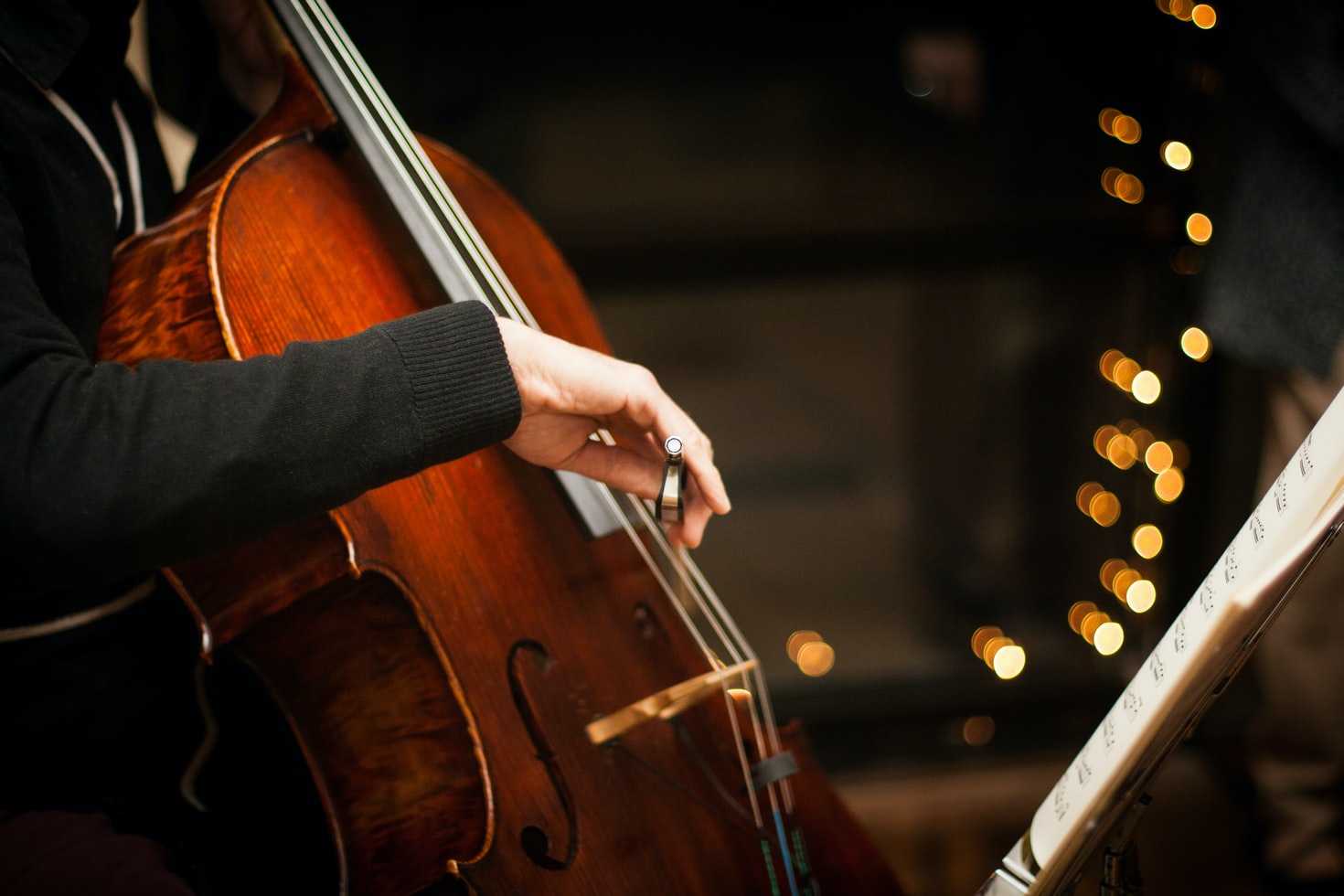Musical instruments are grouped into four general categories: string, brass, wind, and percussion. More people play string instruments among the four categories, mainly because they’re easier to learn. One of the more prominent instruments in the string family is the cello.
The cello is a large instrument, and a beginner player is usually overwhelmed by its size. However, the beauty and power of the cello lie in its size, and its rich and excellent sound makes it worth playing. Thus, it’s a good choice for aspiring musicians who want to try their hand in playing a string instrument. Beyond learning how to play it, it’s also essential to know how it came to be as we know it today.
In this article, we’ll discuss the history of the cello. Read on below to get started.
Creation of the Cello
The cello was derived from the viol, which was larger. In the mid-16th century, composers were well aware of the sound of the viol, which was often used in the orchestra. However, the viol’s size was a problem, as it was challenging to play it while seated. The luthiers of the time experimented with making the viol smaller and lighter in weight. The result was the cello, which was named such because it was small enough to hold in one’s lap.
The cello was in vogue, and Gasparo da Salo is credited with the first cello built in Brescia, Italy. A luthier in Brescia, known as Andrea Amati, is credited for its production later in the 16th century. Amati was considered to be one of the greatest luthiers of all time.
The instrument was first known as the viola da braccio, but in the 17th century, it was simply called the viol. This is because the viol was the larger version of the cello. However, the cello became the more famous instrument because of its versatility, which allowed players to play the violin and bass simultaneously.
Changes During the Renaissance Era
As the cello gained popularity, changes were introduced in the instrument. According to the European History Institute, the cello underwent several changes during the Renaissance era.
The Renaissance instrument came in an oval shape, with two C- or D-shaped soundholes. It was often made with a flat back. However, it became a D-shape in the late 16th century.
The instrument was also made in different sizes, with the smallest cello being the violoncello piccolo. The larger cello’s neck was made from the same width as the instrument’s back.
The instrument’s popularity began to dwindle because of the viola da gamba, which was similar in size to the cello. The instrument also fell out of favor because of the rise of lutes.
Creation of the Modern-Day Cello
In the 19th century, the cello’s popularity was revived by cellist Pablo Casals, who is considered one of the best cellists of all time. Because of him, the instrument became a staple of the orchestra.
The cello underwent several changes in this era, with the main difference being the back. It was slanted, and its sides were made arched. Aside from that, the dimensions were also changed by making them longer and wider. The fingerboard was also made longer, and the bridge was also brought closer to the tail.
The Cello Today
The modern cello was produced in the early 20th century. The instrument was made lighter, with the sides made longer and the corners rounded. It was also made in different heights, from four to five feet, indicating how the instrument has changed its shape over time.
Today, the cello has a range of three octaves and is four feet six inches in length. The newer model weighs 10 pounds, but the older models are heavier. It also has four strings, tuned in fifths, and has top-quality spruce or maple. It has a rounded back, and its neck is made of wood with ebony fittings.
The cello is played with a bow, consisting of horsehair and a stick. A cellist can easily change the length of the bow by adding or removing horsehair. The bow is held with the left hand, and the right hand holds the fingerboard.
Conclusion
It’s fascinating to know how the cello has evolved over the years. The cello is a beautiful addition to any musician’s collection because it produces a rich, deep, and powerful sound when played. It’s an excellent instrument for beginners and more advanced players alike, and its popularity won’t disappear anytime soon.
If you’re looking for cello music, Prayer Pray has got your back! We have various instrumental music on our website—all of which can help you relax in your free time. Simply go to our website to learn more!




